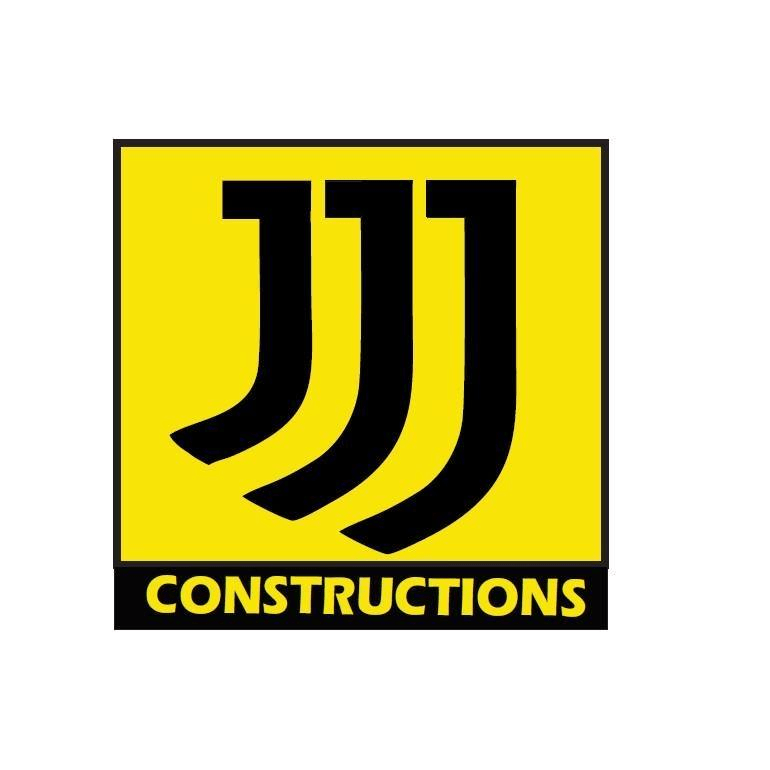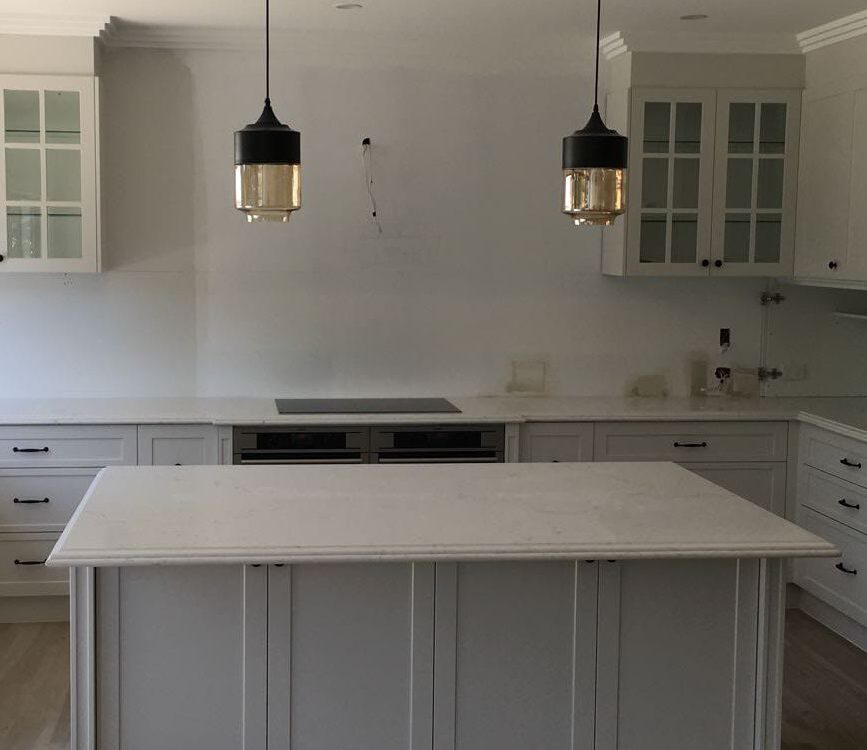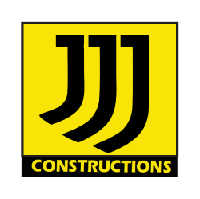The terms “modern” and “contemporary” are often used interchangeably when describing kitchen design, but they actually refer to different design styles. Here’s the key difference between modern and contemporary kitchen design:
Modern Kitchen Design:
- Time Period: Modern kitchen design refers to a specific design style that emerged in the early to mid-20th century. It is associated with the mid-century modern movement, which includes the design aesthetics of the 1920s to the 1950s.
- Clean Lines: Modern kitchens are characterized by clean, straight lines and a minimalist aesthetic. They often feature flat-panel cabinet doors with simple hardware.
- Materials: Common materials used in modern kitchens include natural wood, metal, and glass. These materials are often used in a way that highlights their natural textures and finishes.
- Color Palette: Modern kitchens typically feature a neutral color palette with a focus on whites, blacks, grays, and earthy tones. Bold accent colors may be used sparingly.
- Functionality: Modern kitchens prioritize functionality and efficiency. They often include built-in appliances and concealed storage to maintain a clutter-free appearance.
- Open Concept: Modern kitchen design often incorporates an open-concept layout, where the kitchen seamlessly flows into the dining and living areas.
Contemporary Kitchen Design:
- Time Period: Contemporary kitchen design is more fluid and ever-changing. It reflects the design trends of the current time, which means it doesn’t adhere to a specific historical period.
- Versatility: Contemporary kitchens are known for their versatility. They incorporate elements from various design styles, allowing for a mix of materials, colors, and textures.
- Innovation: Contemporary design often embraces the latest technological innovations in appliances and materials. It’s open to experimentation and the integration of new technologies.
- Color Palette: Contemporary kitchens can feature a wide range of color palettes, from neutral tones to bold and vibrant colors. The color choices are often influenced by current design trends.
- Materials: Contemporary kitchens use a variety of materials, including natural wood, stainless steel, glass, and stone. Mixing and matching these materials is common.
- Open or Closed: The layout of contemporary kitchens can vary. They can be open-concept or have a more traditional layout, depending on the homeowner’s preferences.
In summary, the main difference between modern and contemporary kitchen design lies in their historical context and design principles. Modern kitchens adhere to a specific mid-20th-century design style characterized by clean lines and minimalism. Contemporary kitchens, on the other hand, are flexible and adapt to current design trends and innovations, allowing for a more eclectic and ever-evolving style.


